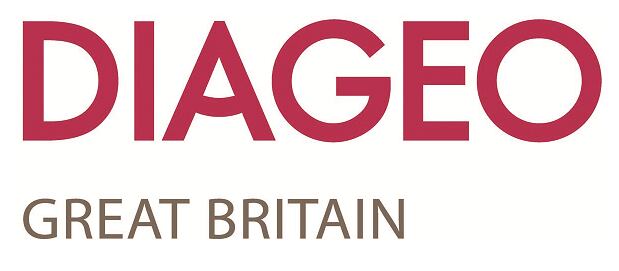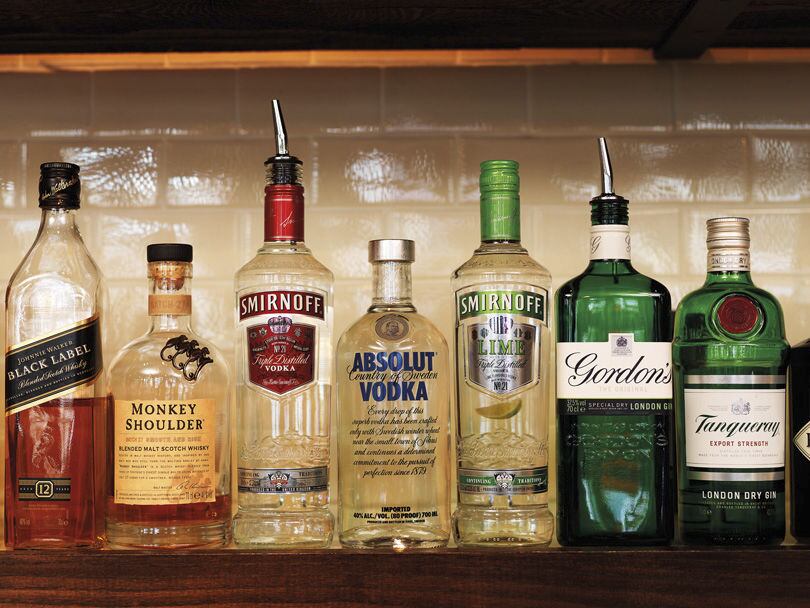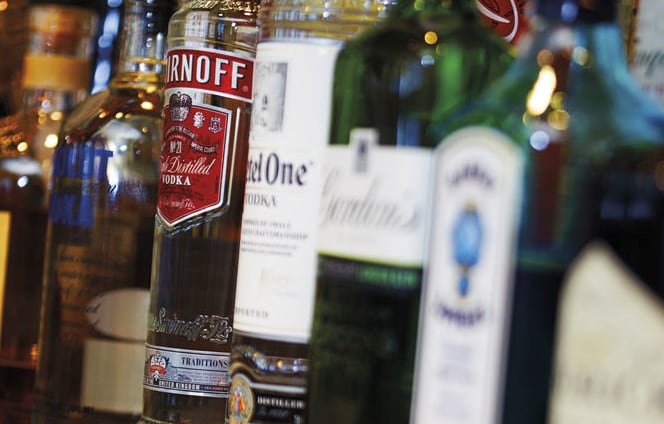Hard workers blame their tools, but in some cases the tools are indeed at fault. That is why pubs seeking to exploit rising spirits and cocktail sales must get their offer right from the start.
More consumers are experimenting in the segment, which means their appetites have to be fed. This hunger to try new and interesting drinks – whether it is a spirit or a cocktail – means the offer at the bar has to appeal to as wide a range of customers as possible.
Getting this right, however, is the tricky part since it is easy to go from one extreme, one spirit from each category, to another, thousands of products.

While an extensive range of spirits works for some outlets, it is better to curate a selection instead of a collection of products.
When starting your range, it is important to think in threes for each of the spirits categories you are going to build into.
Begin with an entry-level product, which will be your house pour. These are the products consumers are already familiar with and would expect to see in any bar.
For each of the spirits categories, consider the following brands for entry-level house pours:
- Gin: Gordon’s
- Vodka: Smirnoff
- Rum: Captain Morgan White
- Tequila: Jose Cuervo
- Whisky: Bell’s Original
Top 10 spirits brands:
- Smirnoff Red Label – 19.8%
- Jägermeister – 5.1%
- Gordon’s – 4.6%
- Jack Daniel’s – 4.5%
- Captain Morgan’s Original Spiced Gold – 2.8%
- Bacardi Carta Blanca – 2.7%
- Famous Grouse 2.6%
- Bailey’s – 2.3%
- Bell’s – 2.2%
- Courvoisier VS – 2.1%
- (CGA On-Premise Measurement to 28.01.17)
The big basic brands are the real moneymakers in the on-trade, with 49.8% of volume sales coming from just 10 names (CGA On-Premise Measurement to 28.01.17).
Of the top 10 brands, Smirnoff accounts for 19.8% of volume sales, followed by Jägermeister, Gordon’s and Jack Daniel’s (see boxout right).
This range of spirits is popular and likely to sell through quicker than anything else, which means they need to be at least double-banked. According to Diageo Licensee Research for February 2017, 36% of operators asked admitted to not doubling-up on their bestselling spirits. Inevitably, this will slow service and ultimately cost in profits.
Once a strong pouring range has been established it is necessary to move up to the next category, which will appeal to more astute drinkers looking to spend a little extra. You could call them discerning drinkers.
This is the ‘upsell’ and is a range that allows bar staff to start a conversation with customers and increase spend.
For each spirits category, consider the following as a benchmark for an upsell:
- Gin: Tanqueray Imported
- Vodka: Absolut
- Rum: Mount Gay
- Tequila: El Jimador Tequila Blanco
- Whisky: Haig Club Clubman
Now the back bar is really coming together and staff have more tools to manoeuvre with when selling to customers.
But there is another tier of products that can be added to your arsenal of spirits to ensure sales really do fly.
‘Choice’, something almost all consumers in the UK say they want more of, offers bar staff another range of spirits with which to amaze customers.
It is here the real excitement starts as you can begin to surprise customers with products they may not have encountered before or even offer them a heightened experience with a premium version of something they usually drink, such as within the Tanqueray family.
Within this segment of the back bar there is the opportunity to offer locally-sourced products, small-batch and even niche spirits from elsewhere in the world.
If your pub or bar has a customer base that drinks from one category more than another, such as gin or vodka, more attention can be given to that segment here. You could offer regular guest spots or build up a bigger permanent choice of brands within one category.
There is little chance the products from your 'choice' range will outperform those from the pouring and upsell ranges. However, it is an area that offers more GP and will keep customers coming back for more.
Consider the following for each of the spirits categories as examples of products that can be stocked in the ‘choice’ range:

Gin:
- Tanqueray No Ten
- Hendricks
- Warner Edwards
Vodka:
- Ketel One
- Grey Goose
- Black Cow Pure Milk Vodka
Rum:
- The Kraken Black Spiced
- Bacardi Gran Reserva Aged Eight Years
- Mount Gay Barbados Black Barrel
Tequila:
- Olmeca Altos Reposado Tequila
- Herradura Tequila
- Patrón Silver Tequila
Whisky:
- Haig Club
- Glenlivet 15 Year Old
- Laphroaig Quarter Cask
It is important staff are trained to talk about this segment of spirits, more than any other, to customers. They should be encouraged to ask which gin customers want in their gin and tonic, for instance.
Here staff can tell the story of the product, speak about unique selling points, which ingredients are used and what mixers and cocktails work well with it.
Massive sales opportunity for hyperlocal spirits:
Gin terroir is an emerging trend pubs can cash in on as consumers become ever more discerning about the locality of what they eat and drink.
People are more interested in locally-grown food and drink, which pubs need to become better at capitalising on, explained gin writer and educator David T Smith at the Gin Guild's Ginposium in London earlier this month.
"In the same way that pubs serve locally-grown food from butchers and grocers, selling gin and spirits from local distillers can have the same caché and certainly a lot of gins that use some terroir are embracing flavours locals will know," he told the Publican's Morning Advertiser in this exclusive podcast.
While terroir is usually associated with wine, Smith and others in the gin segment believe hyperlocal gins could be the next big gin trend in the UK.
Listen to this podcast to hear Smith talk about the virtues of terroir in gin.
Think of the back bar as your shop window, it is there as much as the staff are to channel sales. Around one in three customers, according to Diageo’s Omnichannel Research, do not know which drinks category they are going to order from when walking into a pub or bar.
This is the ammunition bar staff need to sell with. It is a great opportunity to sell a drink that is exciting and has a decent GP to a punter who does not know what they want.
Another framework that can be used alongside the above and as a way to expand your range further is ‘core’, ‘excite’ and ‘must-stock’.
Core are your bestsellers or highest volume products that are likely to come from ‘pour’ and ‘upsell’. They should be highly visible and double-banked for speed of serve.

'Excite' is your opportunity to drive interest and higher spend with new, premium, local or seasonal products. The products in this range will benefit from creative displays that highlight their unique qualities, so partner them in a display with garnishes and mixers to help customers understand what they are buying.
'Must-stock' spirits are there to fill specific business needs – for loyal customers or specific cocktails – and do not require too much visibility on the bar.
The work is not over, though. The spirits category is constantly evolving and customers are moving with it.
Expectations from consumers about what they are going to buy have never been higher and they, too, are still on the rise.
